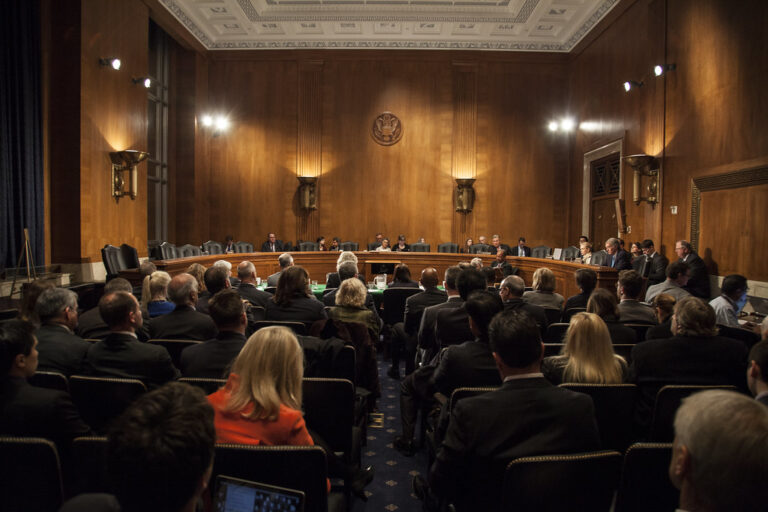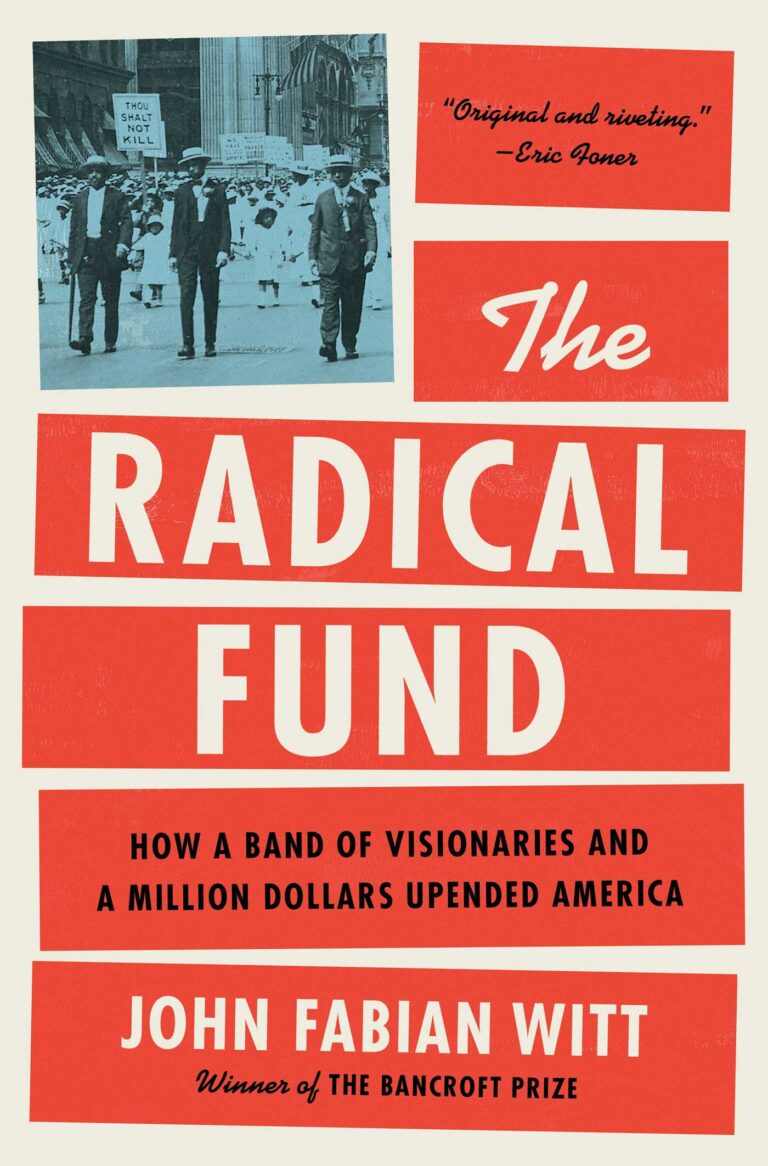Alexa Kissinger is a student at Harvard Law School.
Mark Zuckerberg is changing diapers, Democratic Presidential candidates are stumping on family friendly policies, Marco Rubio is the first GOP hopeful with a (conservative) paid leave tax credit program, and even new mom Ivanka Trump is blogging with pro-tips for negotiating paid maternity leave. In the last few weeks, New York passed the most progressive statewide program in the nation and San Francisco became the first U.S. city to mandate fully paid parental leave.
Paid family leave is hot on the list of progressive priorities, but despite this uptick in conversation and incremental changes in the private sector, the U.S. is still the only industrialized nation on earth that doesn’t offer paid maternity or paternity leave. Only 12 percent of US companies offer some paid leave, down from 17% in 2010, and only 5% of low-wage earners receive such benefits.
Though the Family and Medical Leave Act requires companies with more than 50 employees to provide 12 weeks of unpaid leave, it’s just that – unpaid. Additionally, the FMLA only covers 60% of American workers (in good news, it now includes same-sex couples, after a long battle). The consequences for those not covered by either the FMLA or employer policies are stark, with a quarter of women either quitting or being let go when a new child arrives. Of those who get only partial or no pay, a third borrow money or dip into savings and 15% go on public assistance.
While feminists and economists have repeatedly pushed for paid maternity leave, paid paternity leave might actually be one of the most effective ways to decrease the gender wage gap, shift the gender balance in the home, and keep women in the workforce.
The Case For Paternity Leave
Nine out of ten American dads take some time off work following a birth or adoption, but 96% of American men head back to work within two weeks of a baby’s birth. Nearly a third of men report they have no access to leave, paid or not. However, evidence suggests a dad who takes more than two weeks off ends up drastically more involved in his child’s direct care nine months later than a father who takes two weeks or less. Studies also show that men who take paternity leave are more likely to become more competent and committed fathers, often changing a family’s gender dynamic enough to help mothers stay in the workforce. This sharing of the primary caretaker role from the get-go is critical, but without paid paternity leave, dads face a major hurdle in being equal partners at home, even if they want to be.
Since California passed paid leave, the number of men who take leave while their wives return to work has climbed by 50%. This increase of father-only leave allows women to more quickly reenter the workforce during their peak childbearing and earning years, having a huge impact on their lifetime earnings. In Sweden, where close to 90% of fathers take paternity leave, a mother’s future earnings increase an average of 7% for every month of leave the father takes. If this relationship was transposed on the US economy, and a father took 12 weeks of paid leave, the gender wage gap in that particular marriage could theoretically go from the current 79 cents to 0.
Tech companies, largely to compete over millennial talent, have taken the lead on leave. Netflix offers unlimited paid leave in the first year after a child is born, Twitter offers 20 weeks, Facebook offers 17 weeks, Etsy 26 weeks, and the list goes on. However, even in the tech industry, these comparatively generous policies can fall short by not extending to hourly workers (custodial staff, cafeteria workers, deliverers, etc.) leaving the lowest-wage earners without the benefits enjoyed by more “skilled” employees. Increasing employee benefits (and actually encouraging employees to take advantage of them) isn’t pure corporate altruism. Employee turnover costs companies an average of 20% of the employee’s annual salary – and more than 200% for executive level positions. After Google expanded its maternity leave, for example, attrition decreased by 50%. Announcing new paid leave policies has also been linked to an increase in stock prices among Fortune 500 companies, and despite business opposition early on, 90% of California employers say the state’s paid leave law had either positive or neutral impact on business.
Expanded polices are great, but how do we get dads to actually take paternity leave?
After looking at California (a modest program providing up to 6 weeks of leave to parents at 55% of their earnings) part of the answer seems simple – pay them.
Since California passed paid leave, dads are 46% more likely to take time off after the birth of a child (interestingly, fathers are much more likely to take time off for first-borns than they are for subsequent births, and after the first child, are 58% more likely to take off if the baby is a boy). Men in female-dominated professions are also much more likely to take paid leave. However, while providing paid leave might fix part of the problem, actually getting dads to use it is another battle. American male employees frequently report that they perceive taking time off for family obligations could have long-term negative effects on their career — like lower pay or being passed over for promotions. Just two years ago, fans and sports reporters loudly criticized New York Mets baseball player Daniel Murphy for missing two games to take care of his newborn son (the MLB is the only major pro sports league with a paternity leave roster and allows three days off). TOMS Shoes CEO Blake Mycoskie reported being asked by his peers how he could run a company while changing diapers when he announced he’d be taking 12 weeks off. These anecdotes of men facing backlash for taking leave (receiving the same criticisms soon-to-be-moms have been facing for years), illustrate how workplace cultures may be standing in the way of dads taking advantage of on the books policies.
To combat this, most successful paternity leave schemes (think Finland, Norway, Sweden and Germany) are set up so when men don’t take time off, their family isn’t eligible for the full amount of leave available. This mandatory-light scheme removes the stigma associated with taking optional leave. When Germany legislated that of a possible 14 months parental leave, two months had to be taken by fathers, the percentage of men taking paternity leave went from 3% to more than 20%. While mandating paid leave might be a long ways off in the U.S., it isn’t a crazy concept – 47% of countries that provide paid leave mandate some form of paternity leave.
Short of mandating paternity leave, one of the most impactful ways to change workplace culture is through peer influence. When a man’s co-workers take paternity leave, the chance he will take it increases by 11%— and if his brother takes it, by 15%. Tom Stocky, a Facebook VP, wrote about his four months of paternity leave and has said that dads-to-be now talk to Facebook HR about wanting to take advantage of the “Stocky Plan.”
Not “Mr. Mom”
While the diminutive notions of “Mr. Mom” or “daddy day care” are beginning to sound outdated, phrases such as “working dad” or “career husband” still sound foreign compared to the familiar “working mom” or “career woman.” By pushing for more generous policies and a shift in workplace culture, from the C-suite on down, we can begin to shift the narrative and make paternity leave the rule rather than the exception.






Daily News & Commentary
Start your day with our roundup of the latest labor developments. See all
November 20
Law professors file brief in Slaughter; New York appeals court hears arguments about blog post firing; Senate committee delays consideration of NLRB nominee.
November 19
A federal judge blocks the Trump administration’s efforts to cancel the collective bargaining rights of workers at the U.S. Agency for Global Media; Representative Jared Golden secures 218 signatures for a bill that would repeal a Trump administration executive order stripping federal workers of their collective bargaining rights; and Dallas residents sue the City of Dallas in hopes of declaring hundreds of ordinances that ban bias against LGBTQ+ individuals void.
November 18
A federal judge pressed DOJ lawyers to define “illegal” DEI programs; Peco Foods prevails in ERISA challenge over 401(k) forfeitures; D.C. court restores collective bargaining rights for Voice of America workers; Rep. Jared Golden secures House vote on restoring federal workers' union rights.
November 17
Justices receive petition to resolve FLSA circuit split, vaccine religious discrimination plaintiffs lose ground, and NJ sues Amazon over misclassification.
November 16
Boeing workers in St. Louis end a 102-day strike, unionized Starbucks baristas launch a new strike, and Illinois seeks to expand protections for immigrant workers
November 14
DOT rule involving immigrant truck drivers temporarily stayed; Unions challenge Loyalty Question; Casino dealers lose request for TRO to continue picketing